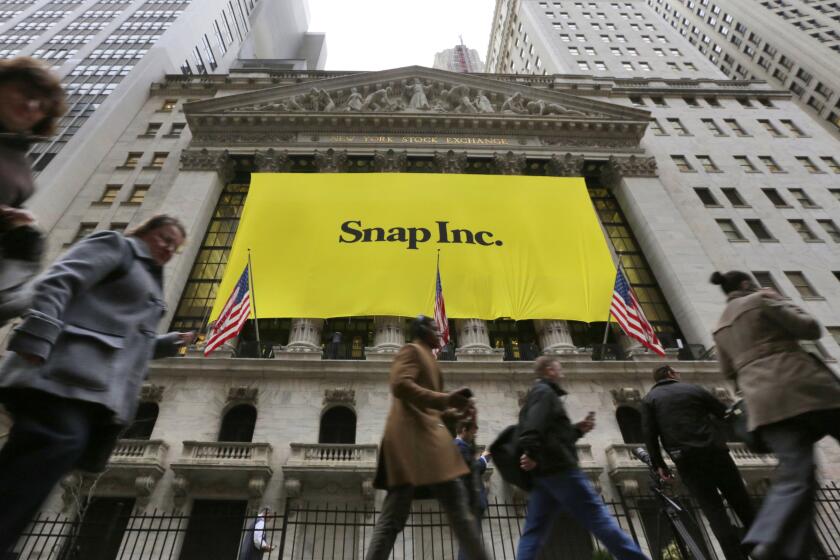A little credit is due
Boxed in by antsy investors and worrisome economic indicators, the Federal Reserve had little choice but to lower interest rates Tuesday, for the first time in more than four years. It did so with unexpected vigor. Not only did it lop half a percentage point off its target for the federal funds rate (the interest that banks charge each other for overnight loans), but it cut the same amount from the discount rate (the interest the Fed charges on short-term loans to banks).
The move sent some unwelcome signals about the Fed’s sympathy for the financial markets and its sensitivity to pressure from Wall Street. After all, those crying the loudest for help are the ones that took the most advantage of former Fed Chairman Alan Greenspan’s extended run of easy money. These include real estate speculators, home buyers enticed to take on too much debt, go-go lenders that stopped caring about borrowers’ ability to pay and investors who snapped up packages of loans unaware of, or indifferent to, their risk.
The cuts also could fuel inflation. Prices for most goods aren’t rising as fast as they had been, but the increases are close to making the Fed uncomfortable. Meanwhile, oil prices have shot up again, the dollar is weak and gold is commanding a premium -- all factors that could boost inflation and interest rates.
Nevertheless, many economists agree that the overall health of the U.S. economy took a turn for the worse in recent weeks, and there are real risks of a protracted slump despite the overall signs of health. The sub-prime mortgage meltdown has caused credit to tighten beyond the housing industry. The decline in the housing market, which is likely to get worse before it gets better, is depressing construction and, potentially, consumer spending. The most recent federal report on jobs showed that unemployment was holding steady but the number of jobs created was down sharply.
All of this suggests that the problems in the financial markets, which the Fed was rightly allowing to run their course, were spilling over into the broader economy. That’s a risk the Fed cannot ignore. One criticism of Greenspan is that he was too slow to react to the signs of recession in 2000, then too slow to take the Fed’s foot off the money-supply accelerator after it eventually did cut rates. The current Fed chairman, Ben S. Bernanke, deserves credit for moving with more alacrity while trying to maintain the Fed’s credibility. By resisting intense Wall Street pressure to cut the federal funds rate last month, he may have dimmed investor’s expectations for future bailouts. The test will be how quickly the Fed tightens the money supply once inflation creeps out of its comfort zone.






